In the dynamic world of mobile technology, certain devices have stood out among the rest, achieving remarkable success and leaving an indelible mark on the industry. From iconic Nokia handsets to revolutionary iPhones and innovative Android devices, the best-selling phones of all time have shaped the way we communicate, work, and connect with the world around us. In this comprehensive report, we will delve into the top five best-selling phones in history, exploring their features, impact, and enduring legacy.
.jpeg)
1. Nokia 1100: A Legend in Mobile Communication
First on our list is the Nokia 1100, a true legend in the realm of mobile communication. Launched in 2003, this iconic handset quickly became a global phenomenon, thanks to its rugged design, long battery life, and user-friendly interface. With over 250 million units sold, the Nokia 1100 holds the title of the best-selling phone of all time. Its popularity was further boosted by its affordability and durability, making it a preferred choice for users in both developed and emerging markets.
The Nokia 1100's success can be attributed to its simplicity and reliability. Featuring a monochrome display, basic calling and messaging capabilities, and iconic Nokia ringtone, this handset appealed to a wide range of users, from first-time cellphone owners to seasoned professionals. Its robust construction also made it resistant to rough handling, ensuring longevity in even the harshest conditions.
Despite the advancements in smartphone technology, the Nokia 1100 remains a beloved classic, revered for its nostalgia-inducing design and unmatched reliability. Its enduring popularity serves as a testament to Nokia's legacy as a pioneer in the mobile industry and underscores the timeless appeal of simplicity and functionality in a world dominated by flashy gadgets and complex features.
.jpeg)
2. iPhone 6 and iPhone 6 Plus: Apple's Game-Changing Duo
Next up, we have the iPhone 6 and iPhone 6 Plus, a dynamic duo that revolutionized the smartphone landscape upon their release in 2014. With sleek designs, larger screens, and powerful performance, these devices propelled Apple to new heights of success, selling over 220 million units combined. The iPhone 6 series marked a significant departure from previous models, introducing a fresh design language characterized by curved edges, thinner profiles, and vibrant displays.
Apple's meticulous attention to detail and focus on user experience set the iPhone 6 and iPhone 6 Plus apart from the competition. From the seamless integration of hardware and software to the intuitive gestures and features, every aspect of these devices was carefully crafted to delight and inspire users. The introduction of Touch ID fingerprint technology also enhanced security and convenience, further solidifying Apple's reputation as an innovator in the industry.
Beyond their technical specifications, the iPhone 6 series represented a cultural phenomenon, captivating consumers with its aspirational branding and premium aesthetic. Whether it was the allure of the Apple logo or the promise of seamless connectivity within the iOS ecosystem, millions of users around the world eagerly embraced these devices, making them some of the best-selling smartphones in history.
.jpeg)
3. Nokia 3210: The Iconic Game-Changer
Our journey through the best-selling phones of all time would be incomplete without mentioning the Nokia 3210, a true icon of the late 1990s and early 2000s. Released in 1999, this groundbreaking handset captivated consumers with its innovative features, customizable design, and unmatched reliability. With over 160 million units sold, the Nokia 3210 left an indelible mark on the mobile industry, setting new standards for functionality, style, and user experience.
One of the Nokia 3210's most notable features was its interchangeable covers, which allowed users to personalize their devices with vibrant colors and patterns. This level of customization was unprecedented at the time and appealed to users of all ages, from fashion-conscious teenagers to business professionals looking to make a statement. Additionally, the Nokia 3210 introduced several new features that would become standard in future generations of mobile phones, including predictive text input, customizable ringtones, and built-in games like Snake.
Beyond its innovative features, the Nokia 3210 was celebrated for its durability and long-lasting battery life, making it a dependable companion for users on the go. Whether it was communicating with friends via SMS, playing games during downtime, or simply making calls, this iconic handset empowered users to stay connected and entertained throughout their day. Even as smartphones continue to dominate the market, the Nokia 3210 remains a beloved classic, cherished for its simplicity, reliability, and timeless appeal.
.jpeg)
4. Motorola RAZR V3: The Epitome of Style and Sophistication
Moving on to the Motorola RAZR V3, we encounter a device that epitomized style and sophistication in the mid-2000s. Launched in 2004, the RAZR V3 captivated consumers with its ultra-thin design, metallic finish, and innovative features, selling over 130 million units worldwide. With its sleek profile and iconic clamshell design, this handset became a symbol of elegance and refinement, setting new standards for fashion and technology in the mobile industry.
One of the RAZR V3's most distinctive features was its slim profile, measuring just 13.9mm thick when closed. This revolutionary design challenged conventional notions of what a mobile phone could be, transforming the device from a utilitarian tool into a fashion accessory. Additionally, the RAZR V3 introduced several new features that enhanced the user experience, including a color display, integrated camera, and Bluetooth connectivity, making it one of the most advanced phones of its time.
Beyond its technical specifications, the RAZR V3 captured the imagination of consumers with its aspirational branding and marketing campaigns. From high-profile celebrity endorsements to sleek advertisements showcasing its cutting-edge design, Motorola spared no expense in promoting the RAZR V3 as the ultimate status symbol. As a result, this iconic handset became synonymous with luxury and sophistication, appealing to fashion-conscious consumers around the world.
.jpeg)
5. Samsung Galaxy S III: A Trailblazer in Mobile Innovation
Last but certainly not least, we have the Samsung Galaxy S III, a trailblazer in mobile innovation that captivated users with its advanced features, sleek design, and intuitive user experience. Released in 2012, the Galaxy S III quickly became a best-seller, with over 70 million units sold worldwide. Its success can be attributed to a combination of cutting-edge technology, striking aesthetics, and Samsung's commitment to delivering a premium user experience.
At the heart of the Galaxy S III's appeal was its innovative features and capabilities. Equipped with a large Super AMOLED display, powerful quad-core processor, and advanced camera system, this handset pushed the boundaries of what was possible in a smartphone at the time. From multitasking with Multi-Window support to capturing stunning photos with Best Photo mode, the Galaxy S III offered users unparalleled versatility and performance.
In addition to its technical prowess, the Galaxy S III also boasted a sleek and ergonomic design that set it apart from the competition. With its curved edges, slim profile, and minimalist aesthetic, this handset exuded sophistication and elegance, making it a coveted accessory for tech enthusiasts and fashion-conscious consumers alike. Samsung's attention to detail extended to every aspect of the device, from the placement of buttons to the quality of materials used, ensuring a seamless and enjoyable user experience.
Beyond its hardware and design, the Galaxy S III also showcased Samsung's commitment to software innovation and user-centric features. From the intuitive TouchWiz interface to the advanced S Voice virtual assistant, this handset offered a range of tools and services designed to enhance productivity, creativity, and connectivity. Whether it was staying organized with S Planner or sharing content with AllShare Play, the Galaxy S III empowered users to do more with their devices than ever before.
In conclusion, the best-selling phones in the history of mobile technology have left an indelible mark on the industry, shaping the way we communicate, work, and interact with the world around us. From iconic classics like the Nokia 1100 and Nokia 3210 to revolutionary devices like the iPhone 6 and Samsung Galaxy S III, these handsets have captured the imagination of consumers and set new standards for innovation and excellence. As we continue to push the boundaries of what's possible in mobile technology, it's important to recognize and celebrate the contributions of these pioneering devices to the evolution of the industry.



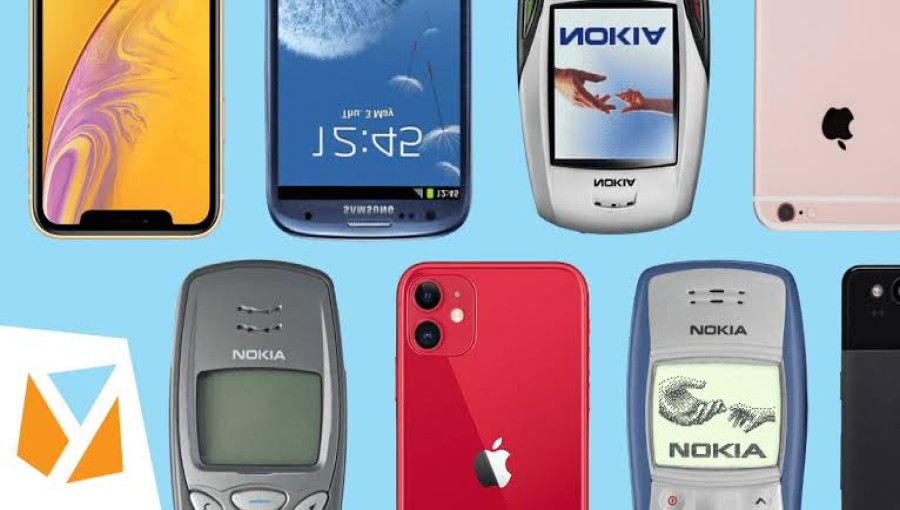
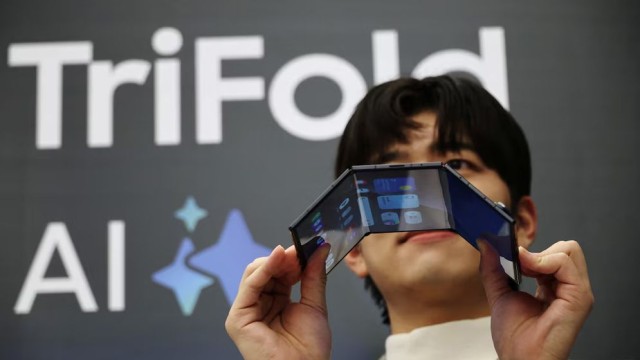
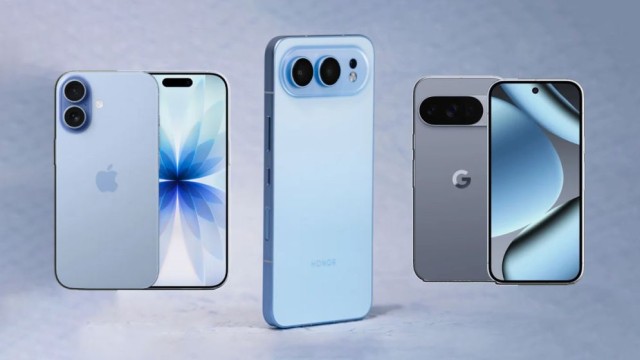


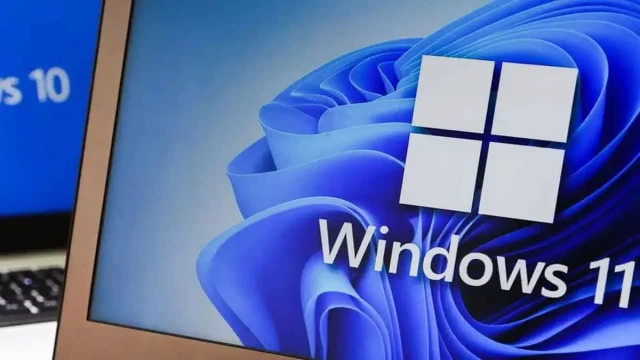





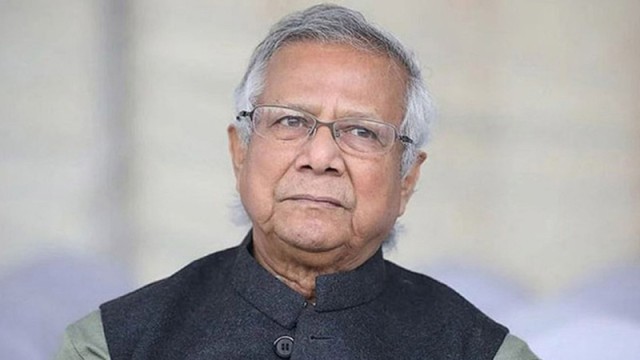













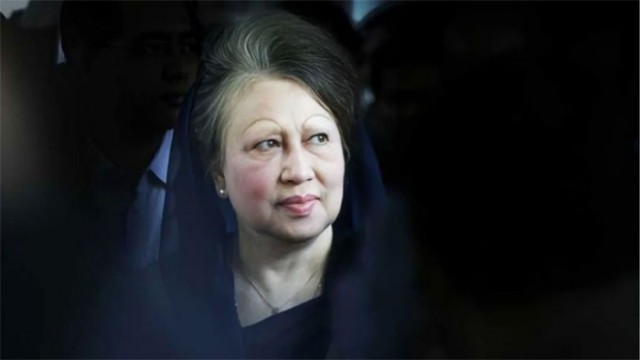


Comment: